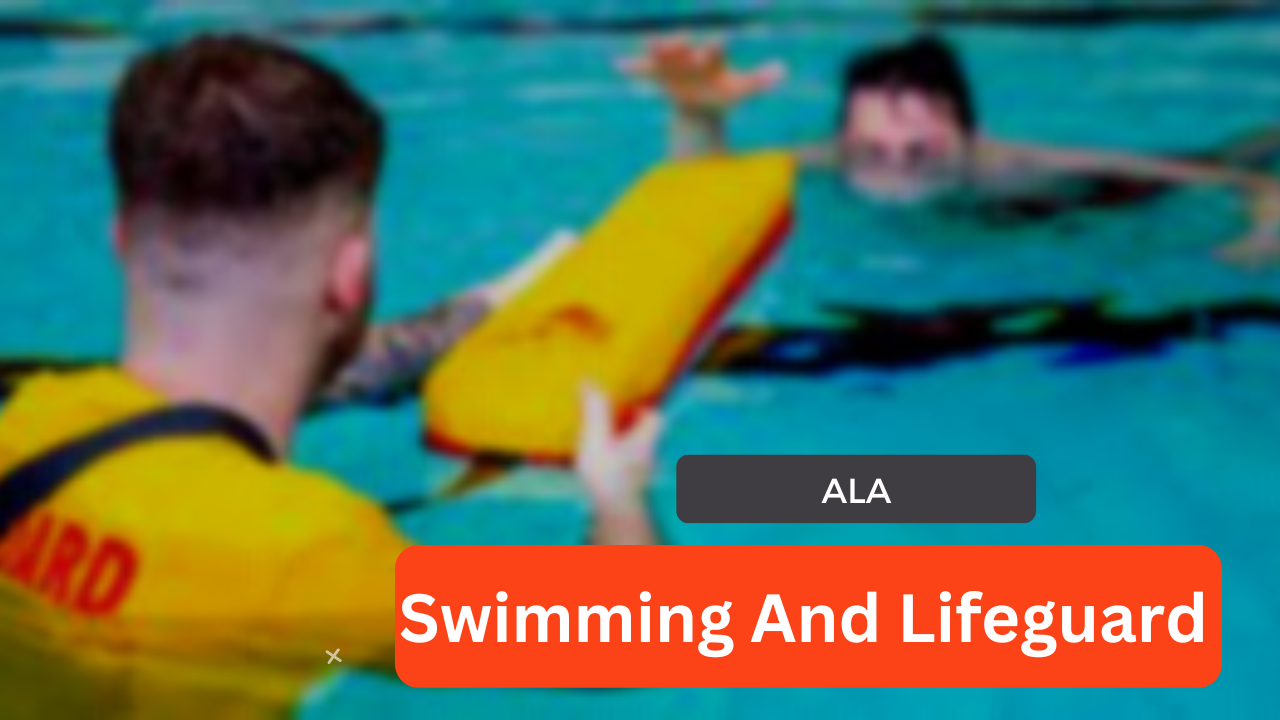In the Beginning
To start swimming and lifeguarding , you first need to find a pool near you. Many gyms and community centers offer swim time, water aerobics and aqua-jogging. You may want to make a list of properties that have pools in your area and see what works for your lifestyle and budget.
ALSO READ ABOUT : The Importance of Fitness in Our Lives: Lead a Stress-Free Life
Prepare your muscles
Take it easy from there. You may also want to start your gym journey with strength training that works your muscles before you hit the water. Try moves like assisted or powerless moves up to double-digit reps. Squats and lifts with body weight or overhead presses with half your body weight are also good exercises. If you’re having trouble, consider asking your personal trainer for help with form.
Swimming lessons
Those completely new to swimming can benefit from swimming lessons offered in a private or group setting. In the lessons, you will learn different movements, breathing techniques and other useful tips to get the most out of your training.
To find adult swimming lessons near you, try checking the US Masters Swimming database by your zip code.
Follow the pool rules
Once in the water, follow pool etiquette. There are usually narrow, medium and fast lanes. Ask the lifeguard which lane you find the right speed for.
If you need to pass someone in front of you, do so on the left. When entering and exiting the pool, try to avoid actions that create waves or disturb other swimmers, such as jumping. You should trim your fingernails and toenails so you don’t accidentally scratch other swimmers.
Risks
Swimming and lifeguard is safe for most people. As with any exercise, swimming has some risks. If you are injured or have certain medical conditions, consult your doctor before swimming. In general, it’s a good idea to see your doctor when you start a new exercise program.
People with skin conditions such as psoriasis, for example, may find moz dobiti chlorinated pool water more irritating. Your doctor is your best source of unique guidance for your health.
Swimming and lifeguard safety
The following swimming safety tips can help reduce your swimming and lifeguard risks:
Swim in designated swimming and lifeguard areas, such as pools and secluded areas of lakes and other bodies of water. If possible, swim in areas supervised by lifeguards.
If you don’t swim under lifeguard supervision, bring a friend.
Consider taking swimming land lifeguard lessons if you are new to the sport. You can enroll in age-appropriate classes through the Red Cross and other programs in your area.
Outdoor swimming? Wear sunscreen of at least SPF 15 or higher to protect skin. You may want to avoid swimming between 10:00am and 4:00pm when the sun is highest in the sky. Learn more about choosing sunscreen.
Remember to drink water even if you are not thirsty. You can cool off with water, but swimming can also dehydrate you. Drink plenty of water and avoid drinks that contain alcohol or caffeine.
Children should always be supervised when near water. Never let children swim alone to avoid the risk of drowning.
Food to take home
If you’re just starting an exercise program or want to try something new, jump in the pool. Swimming and lifeguard recertification near me has many benefits for your mind, body and spirit.
Once you’re down, try swimming for 20 to 40 minutes at a pace that gets your heart rate up. Remember to drink plenty of water and take breaks if needed. Above all, have fun!

